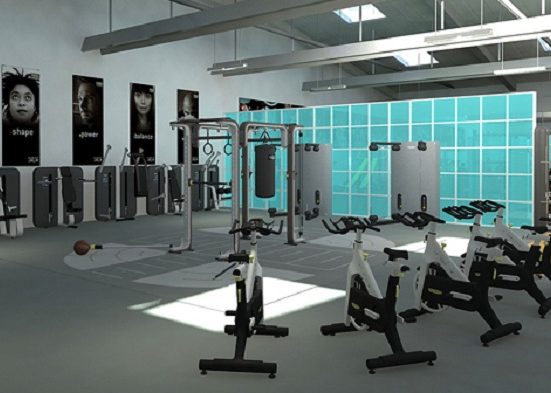Hospitals are intended to be healing spaces that foster a safe and secure environment for patients to recover and recuperate peacefully. Ironically, it is observed that the invisible electrical hazards in these healthcare facilities cannot be underestimated. The various equipment including electric beds, automated blood pressure cuffs, scanning machines, diagnostic devices and other electrical appliances used for examining and treating patients have known to increase the chance for several unfortunate incidents and risks.
Electrical safety at hospitals is a crucial factor for delivering safe and reliable healthcare services. Patients are more vulnerable to electric hazards as the protective effect of dry skin is significantly lowered in both diagnostic and treatment procedures. There is also a strong possibility that patients have physical mobility constraints, may be left unattended at times or are in an unconscious or anaesthetised state to respond normally to electric currents and shocks.
Further, patients face higher risk as electrically conductive fluids like blood and saline are generally present in many hospital zones and are likely to get spilled or drip on clinical equipment operating on electricity. Another challenging aspect to be considered is that there must be an uninterrupted power supply to ensure continuous accessibility of medical devices to the patient community, staff and public at all times. That is indeed a very critical consideration especially in life-threatening situations where even a few moments of power failure can result in enormous fatalities.
Let us understand why electric safety is so important and how it is implemented in hospitals.
Need for Electrical Safety at Hospitals
- The patient’s immunity mechanisms and defence reactions to natural hazards are decreased or sometimes even nil. Additionally, the body’s natural barrier, the skin, is compromised in the hospital settings either due to injury, poor health or equipment design.
- There is a strong risk of fire outbreaks and explosion when anaesthetics, disinfectants and other cleaning liquids are used.
- The cardiac muscle is super sensitive to electric currents.
- There may be a reduction in the body’s electrical resistance when patients are inserted with devices like the catheter.
- Several patients, especially the critically-ill ones and those under palliative care may need the aid of medical devices running on electricity to assist their body functions for survival on a temporary or long-term basis.
- There is danger from even small leakage currents that may enter the patient’s body as it can hamper their health conditions and even cause death.
- Sometimes the normal resistance of the human body to electrical shocks may be consciously lowered by application of electrode gel or conductive fluids when patients are connected to diagnostic or life-saving equipment like ultra-sound scanners and ventilators.
- Electrical hazards are not restricted to merely electric shocks in hospitals. Fluctuations in the output of healthcare equipment can affect its life-saving capabilities thereby creating a thin line between life and death for patients.
Medical Equipment Safety
Safety standards for medical equipment are defined by organisations like the International Organization for Standardization(ISO),International Electrotechnical Commission(IEC) and World Health Organization(WHO).The following rules must be followed with respect to medical equipment to ensure patient safety –
- All clinical equipment connected to a patient must be powered from a single socket or a group of sockets that have the same protective grounding point.
- Any metal object in the patient environment must be grounded individually one at a time with the same protective grounding point.
- The patient must be connected to the common ground through only a particular grounding pole.
Where ever possible isolation amplifiers must be used for measurements. - Materials which can be charged electro-statically must be avoided as far as possible.
- It is important to take sufficient precautions while dealing with electric wires and sockets. All medical equipment must be checked periodically by qualified healthcare technicians and maintained well.
- The usage of extension cables, faulty cables and plugs should be strictly avoided.
- In the event of equipment failure where there is a likelihood of an electric shock, it is strongly recommended that the concerned device is taken out of service immediately.
- When patients, caretakers or staff experience an electric prick (even a mild one) on touching the metallic surface of any clinical equipment, they must plug it off immediately to cut the power supply. The faulty equipment must be inspected thoroughly as it is likely to be badly earthed or not earthed at all.
- Hospital staff must not use any medical equipment before knowing the basics of its operation. Additionally, it is mandatory that they read the instruction manual carefully before operating any equipment.
Other Safety Precautions in Patient’s Electrical Environment
- In general wards or care areas, each patient-bed location must have a minimum of four single or two duplex receptacles each of which must be grounded correctly.
- Every patient bed must be supplied by at-least two branch circuits that have separate automatic over-current devices for protection in event of sudden spikes or surges.
- For those hospital beds located in critical care areas, every bed must have single or three duplex receptacles.




